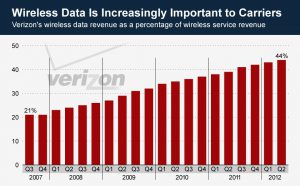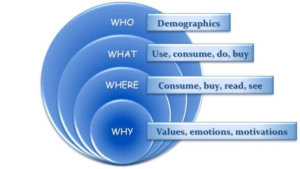How can some companies deliver awesome customer service while others get it so totally wrong?!
I want to share a personal story of disinterested client support with you this week. From it, I have drawn seven learnings for everyone wanting to deliver awesome customer service and build loyal advocates.
If you’d prefer to listen rather than read:
Let me start by saying that it still puzzles me why any organisation would have trouble offering superior customer service when there are so many great examples they merely have to copy. (JetBlue, Sainsbury’s, Amazon, Zappos) In fact, Mark Earls wrote a great book on exactly this topic, called Copy, Copy, Copy which I highly recommend.
This story is just one example of how some companies still struggle to accept that the customer is right, even when they’re wrong! Not that I was wrong in this case (at least I don’t think so, but I’ll let you be the judge of that).
However, the company concerned certainly gave me the impression that they believed I might have been trying to cheat them with the information I provided in my emails. They were never satisfied with what I sent, even when it was what THEY had specifically requested!
Perhaps they were just dragging out the process hoping not to have to “pay up”. You can see for yourself below, or just jump to the seven learnings at the end of the post so that you can avoid making the same mistakes yourself.
Background
Many years ago I bought a TomTom guidance system to help me navigate the streets of American cities.
I love to drive and feel just as much at home on a 26-lane Los Angeles highway as the two-lane Swiss autoroute system. (If you’re interested in which Californian road is 26 lanes wide, it’s the I-5/I-405 interchange.) However, after making many impromptu visits to unplanned US destinations I decided it was time to get a mobile GPS to use in my rental cars.
A few years on, I thought that it could also help me in Europe, even Switzerland, when trying to locate a new client or contact. (My car at the time was almost fifteen years old and wasn’t equipped with a GPS!) I, therefore, added Europe to my online account, since my model couldn’t keep both in memory at the same time!
Last May I replaced the European maps with my American ones as I was visiting Florida that month. When I tried to reinstall the European maps in September, they had somehow disappeared from my account. I contacted TomTom customer service to ask how I could get my maps back and this is how our conversation went over the pursuing three months – with their worst English mistakes removed or corrected for better comprehension, but their own font bolding left in. (!)
The Exchange with TomTom
Me: “Hi there, I contacted you in … Click to continue reading



 TELECOMS now make as much money from selling (geo-localisation) data than they ever did from selling phones and lines.
TELECOMS now make as much money from selling (geo-localisation) data than they ever did from selling phones and lines.
 OK I’m starting off slowly, but do you know who your customers are? Not who uses your category, but who the people are that actually buy your product or service today? How much do you really know about them?
OK I’m starting off slowly, but do you know who your customers are? Not who uses your category, but who the people are that actually buy your product or service today? How much do you really know about them?